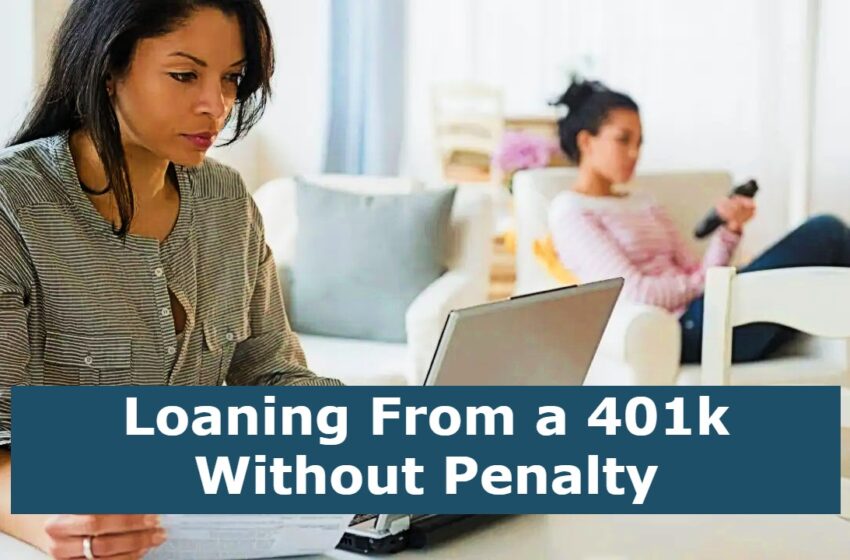
Loaning From a 401k Without Penalty
If you have a 401k and you need to get out of it, you might be wondering what the best way to do it is. There are several different options for you, so it is important to learn all of the information you can before you make any decisions.
Loaning from a 401k
Loaning from a 401k without penalty is a good option for those with short-term financial needs. However, it can also have a negative effect on your financial health in the long run.
The amount of money that you can borrow from your 401k plan depends on your employer and the plan. It is typically limited to fifty percent of the value of the account. In addition, the interest rate will be determined by your plan administrator.
If you are a millennial, a loan from your 401k might be a good option. But, you need to think about the possible penalties. You should also consider the interest, which is usually high. And remember that if you don’t repay the balance of the loan in five years, it will count as a 401k withdrawal.
Another factor to keep in mind is that you may have to pay taxes on the interest. You should ask your financial adviser about this.
Taking an early withdrawal
If you have a 401k, you may have thought that it is time to cash out your account. However, before doing so, you should consider the tax consequences.
Early withdrawals from your 401k may not only be a loss of investment return, they could also push you into a higher tax bracket. Before taking an early distribution, you should consult with a financial planner. This is especially true if your plan includes a penalty.
The IRS offers a number of exemptions for early 401k withdrawals. One of these is the Substantially Equal Periodic Payment (SEPP). SEPP is a way to avoid the early withdrawal penalty.
This exemption allows you to take a series of substantially equal periodic payments from your IRA. These can be done over a period of five years or longer. There is an exception that allows you to withdraw these payments before the age of 59 and a half, but only if you can prove you are in a hardship.
Expenses eligible for hardship withdrawals
If you need money, you may be able to use your 401k to pay for some expenses. But you should understand the rules first. Usually, you will have to pay taxes on the amount you withdraw.
The IRS sets general guidelines for hardship withdrawals. These include a maximum amount that can be withdrawn, and a maximum period of time you can withdraw the funds. It may take up to seven to 10 business days for the funds to be released. You should check with your 401k administrator for details.
Many people rely on their 401k savings to help them achieve their retirement goals. However, when a major expense comes up, you may be tempted to borrow from your account. This can cause your retirement nest egg to be drained. Instead, try to save money.
Expenses that qualify for a hardship withdrawal include medical bills, funeral costs, college tuition, home repair, and a down payment on a new home. Some plans also allow you to take a loan for these purposes.
Taxes on withdrawals from a 401k
If you’re considering tapping your 401k before you reach retirement age, it’s important to understand the tax consequences. The IRS offers penalty-free early withdrawals under certain circumstances. However, you’ll still have to pay taxes on the amount you take out.
Withdrawals for qualified expenses are not subject to penalties, unless you don’t meet the requirements for an IRA. You can get a waiver if you buy a first home, adopt a child, or attend higher education.
There are also hardship withdrawals that are not subject to a 10% early withdrawal penalty. These include funeral expenses and medical bills. While this can be helpful, it’s always a good idea to have an emergency fund.
Besides being a safety net for your retirement, 401ks are a great source of tax-free money. You can use the funds to purchase a home or pay for down payments. It’s also possible to get a loan from your 401k. But it can be costly, and you have limited time to repay it.


